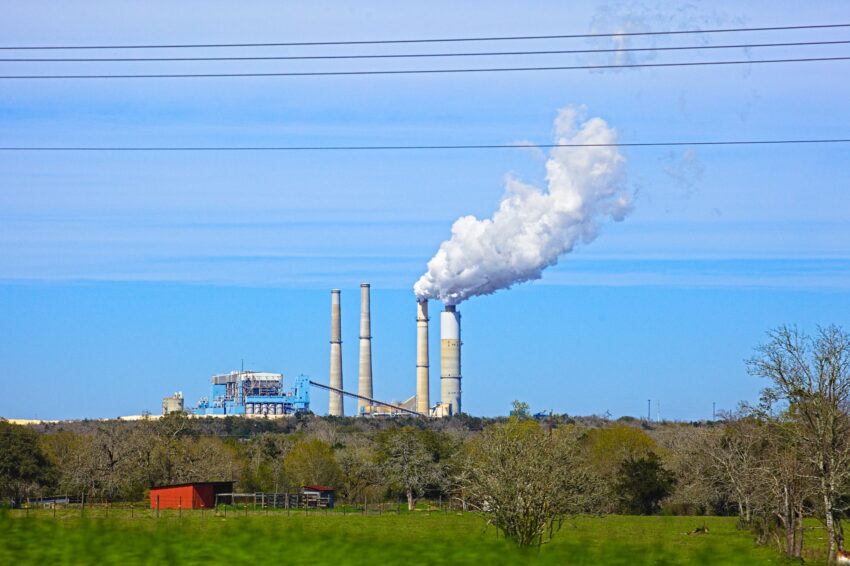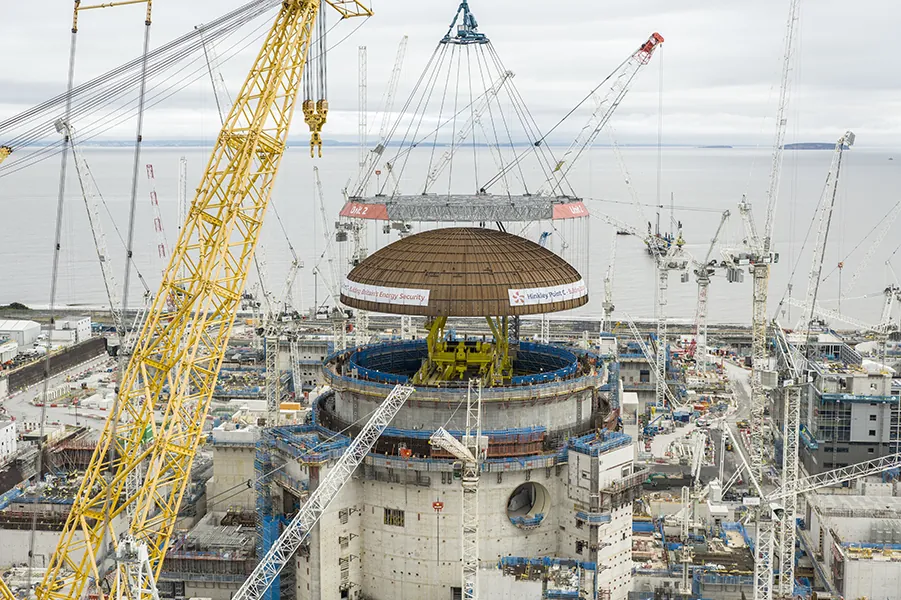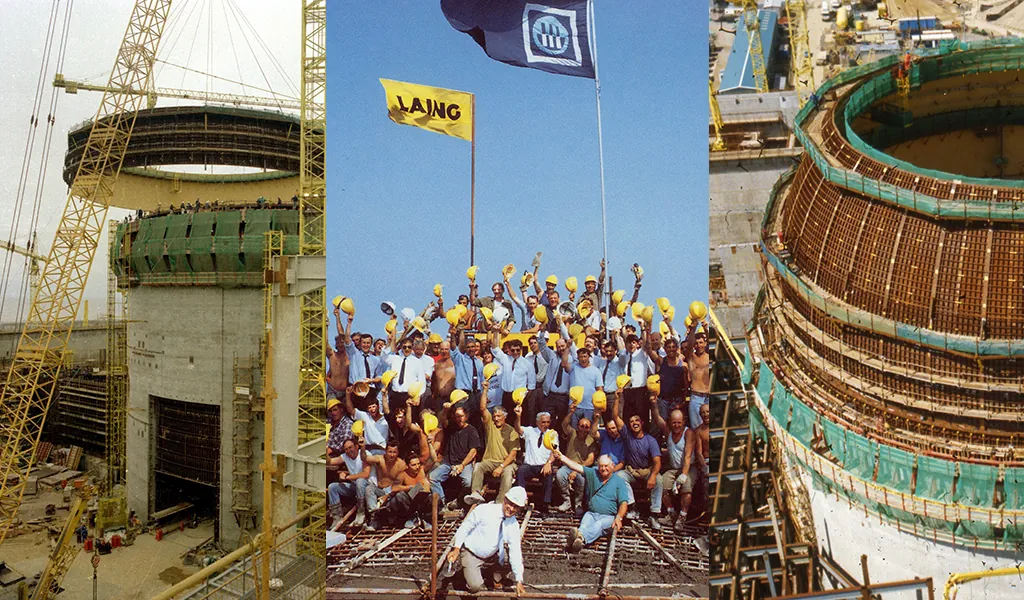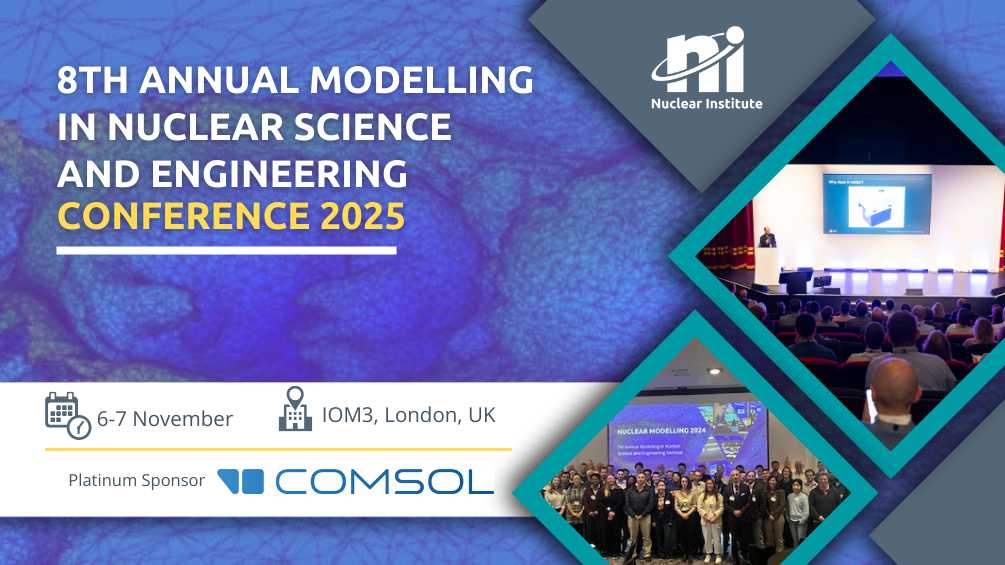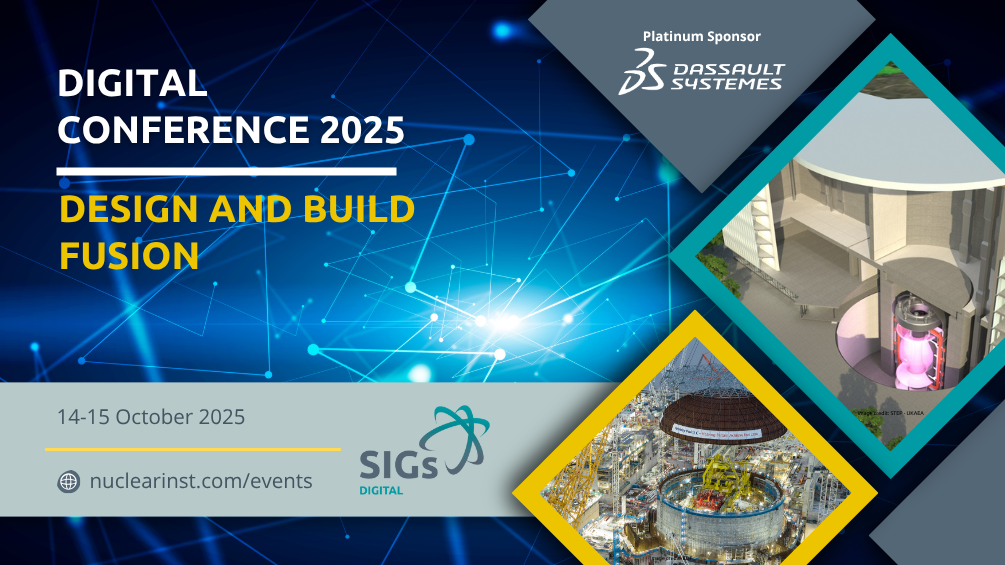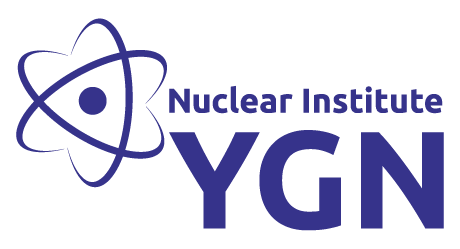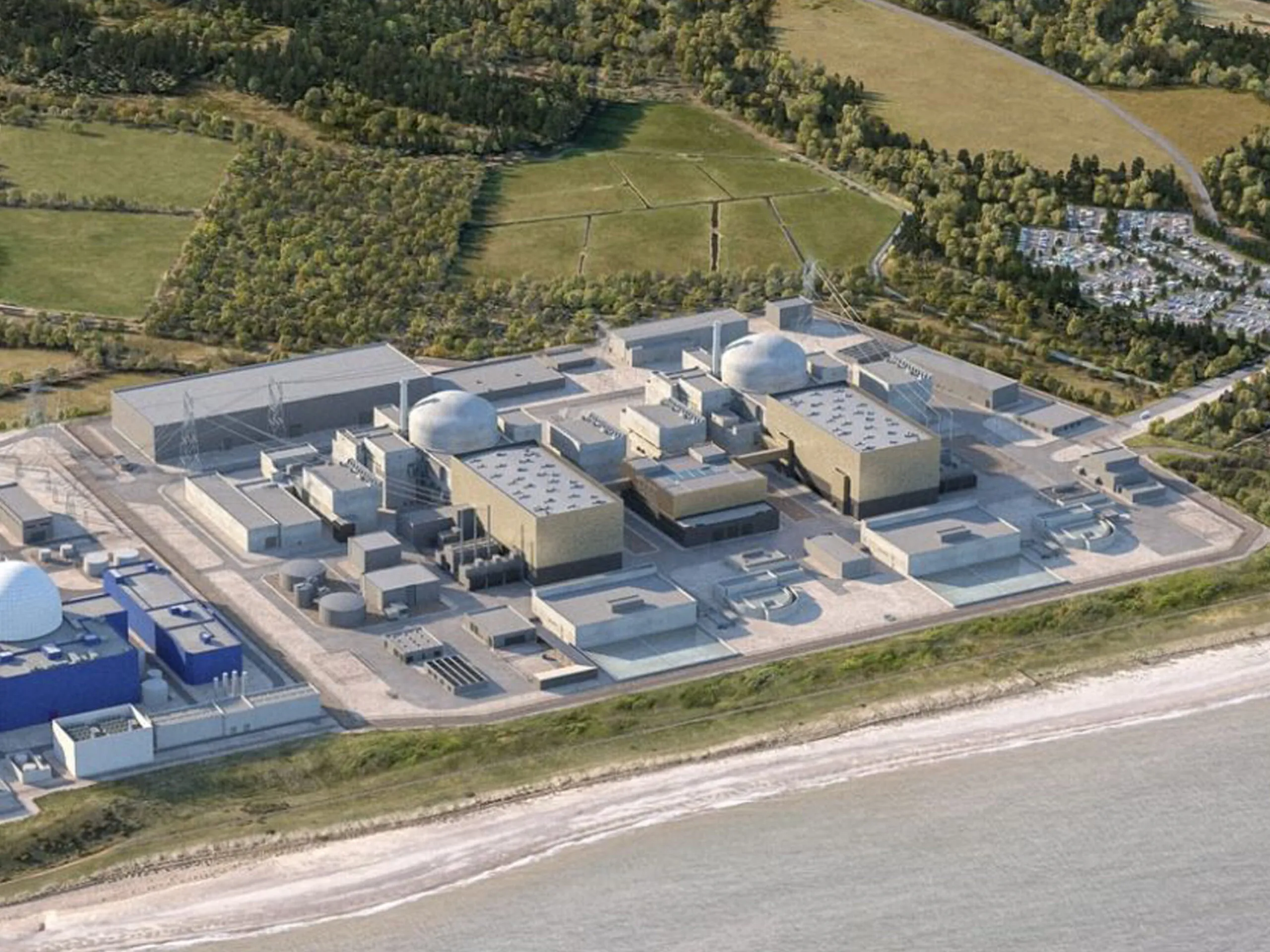Last month the Prime Minister said that we need to consign coal to history to stop global warming. That is true, but the critical questions are why did we ever become so dependent on coal, and how do we replace it?
We depend on coal because it is an extraordinary material. It has been plentiful and relatively cheap throughout the industrial age, so many countries have been able to use it for electricity and for industry. It burns hot to create cement, steel, and other building blocks of our modern society, or to drive steam turbines for generate electricity. Indeed, coal is the leading source of power across the world, responsible for around 40% of global electricity.
Coal is also reliable. It can be stored easily and burned on demand to generate electricity when we need it. What is more, coal has meant jobs for millions of people for a hundred years and more. We have seen whole communities built on coal mining and witnessed the dignity of the work it provides. When we talk about consigning coal to history, we can never forget what it has meant to our people. Extracting coal does come at a terrible human cost, but there would also be terrible costs to forfeiting the light, the heat, and the jobs it has produced.
How then do we replace a fuel that is reliable, plentiful, affordable, and dispatchable, that produces high temperatures for power and for industry, and that sustains so many jobs? Gas can do most of what coal does, but it doesn’t solve the carbon problem. The only fuel that does is nuclear.
Uranium, our main fuel, is relatively bountiful in the earth’s crust, and we need to mine a whole lot less of it than we need with coal. One kilogram of uranium can release three million times the energy of a kilogram of coal. One nuclear fuel pellet, the size of your thumb, could power an electric car for 20,000 miles. You would need heaps of coal to do the same. Nuclear can operate 24/7, at all times and in all conditions. As the French have shown, nuclear can be turned up and down to match our rhythmic demand for electricity: we can have it when we need it, just like coal.
And what about the temperatures? It’s a challenge, but nuclear is up to it. Our scientists, here in Britain and elsewhere, are designing a new generation of reactors that could produce heat of several hundred degrees – much more like the kind we get from coal. That heat could be used directly by industry, to create hydrogen, or to make other low-carbon synthetic fuels that could be burned in place of coal. These reactors are new innovations, but we should pursue them for all their worth. When we look at the IPCC report, investing in innovation is not the gamble. Doing nothing is the gamble.
But what about the jobs and a just transition? The answer is that nuclear is the most jobs-rich form of low-carbon energy. In the UK, more than 60,000 people are directly employed in nuclear, at a GVA per worker of £100,000, twice the national average. The wages at a nuclear power station are almost always the best in the area, and nuclear workers are the bedrock of their communities. With new investment, we can bring this opportunity to thousands more people. A single project like Hinkley Point C will sustain around 70,000 jobs in nuclear, in construction and in the broader supply chain. By 2050, with more new projects, the UK could have 300,000 jobs in nuclear, skilled, stable, well-paying. These jobs are the kind of jobs that offer young people, and their communities a brighter future, and bring the promise of a green economy to life.
So, as we seek to consign coal to history, we want to stop the emissions, but keep the light, the heat, and the jobs. To do that, we need nuclear, and we need it now. Coal is indeed an extraordinary material, but nuclear stands alone.
Back to the hub